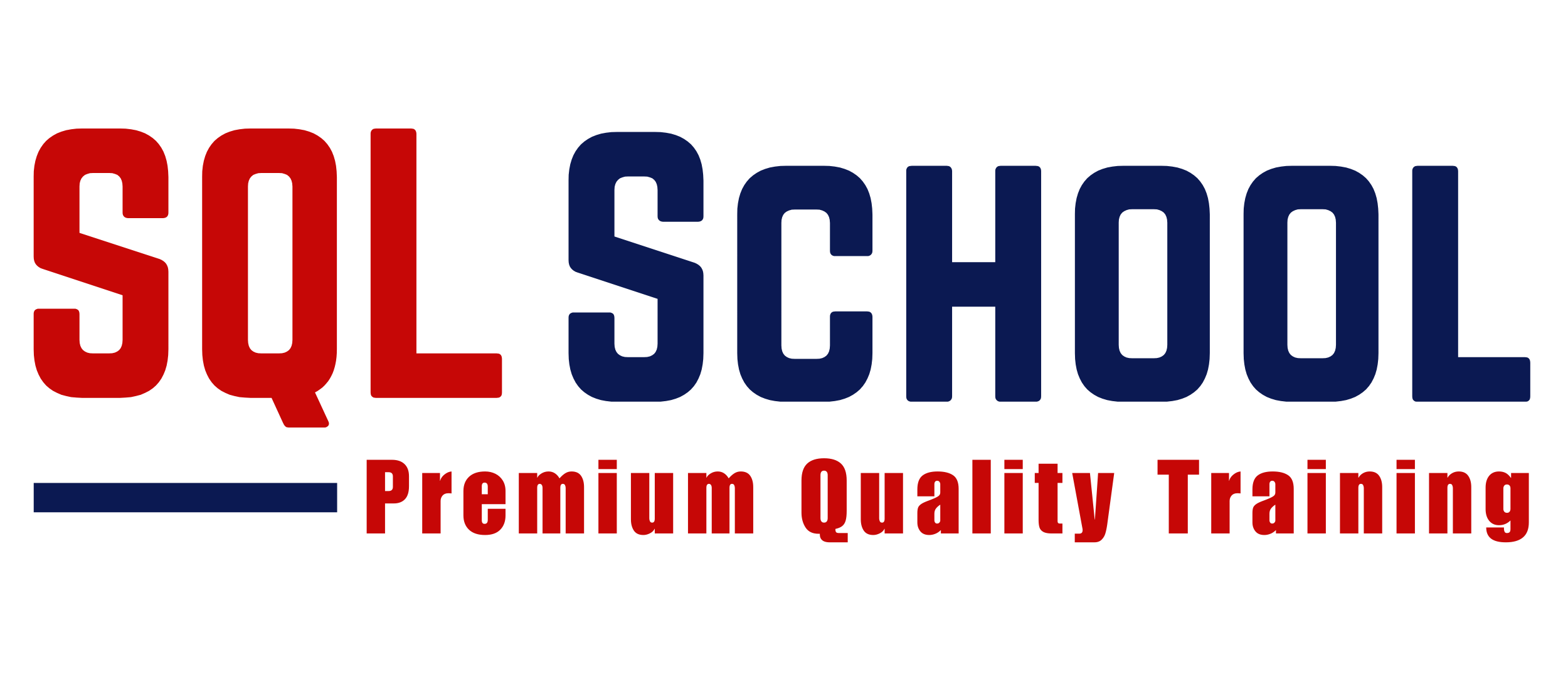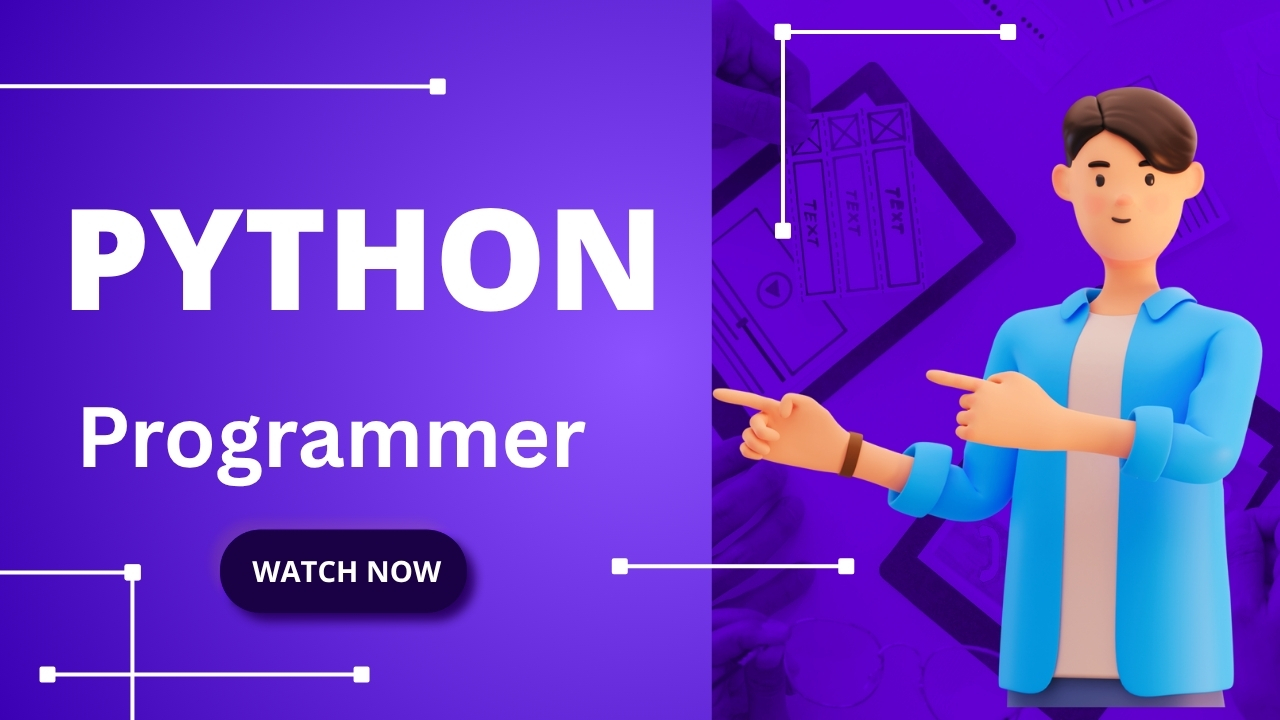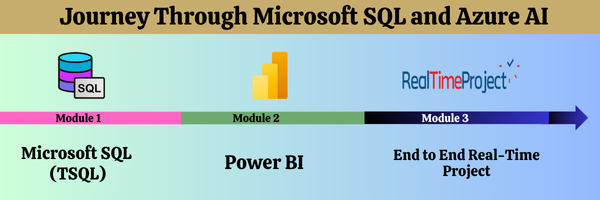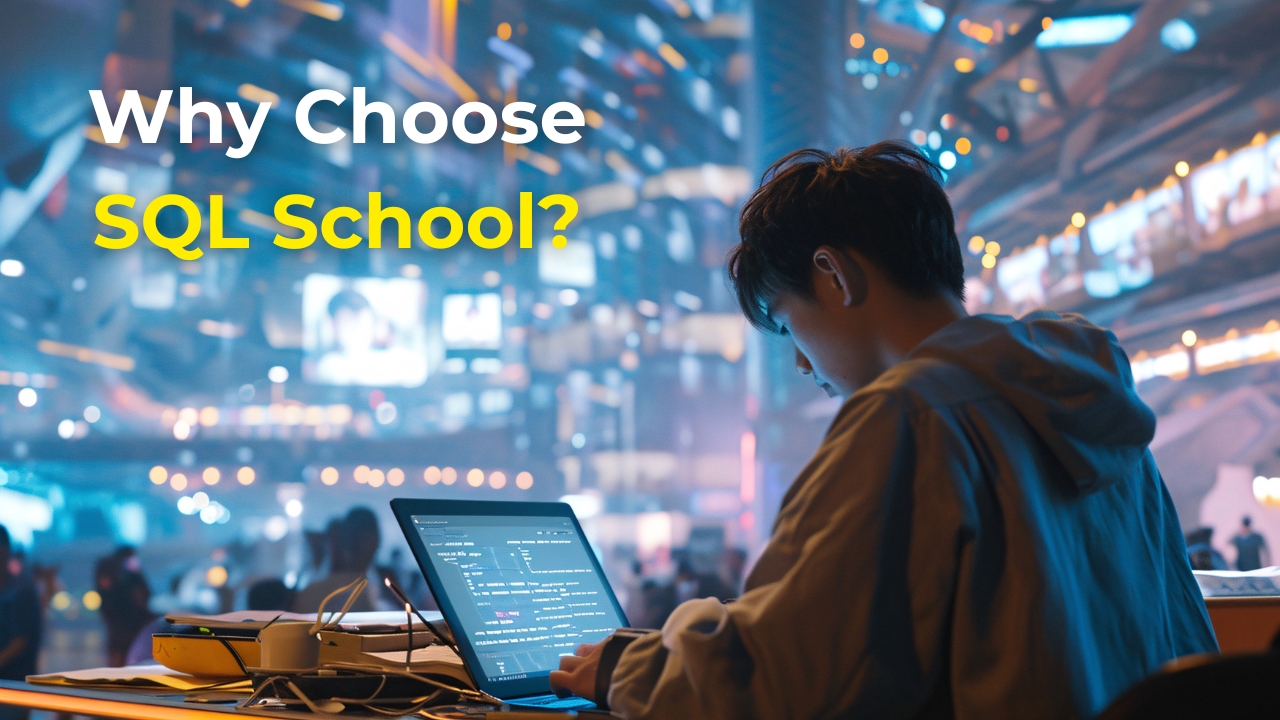#Python Programmer
A Python Programmer writes clean, efficient, and scalable code using the Python programming language. They develop applications, automate tasks, and build software solutions across various domains. They also use Python for scripting, data processing, and integrating with databases or APIs. This versatile role is widely sought after in fields like software development, automation, AI, and data science.
Python Programmer
Course Contents:
Module 1 : Python Analytics
Ch 1. Python Introduction
- Need for Data Analytics
- Python in Data Analysis
- History of Python
- Python Versions
- Python Implementations
- Python Installations
- Python IDE & Usage
- Jupyter Notebooks
Ch 2. Python Basics, Architecture
- Python Scripting Options
- Basic Operations in Python
- Python Scripts, Print()
- Single, Multiline Statements
- Adding Cells, Saving Notebook
- Single, Multi Line Comments
- Python : Internal Architecture
- Compiler Versus Interpreter
Ch 3. Data Types & Variables
- Integer / Int Data Types
- Float & String Data Types
- Boolean, Binary Types
- Sequence Types: List, Tuple
- Range, Complex & memview
- Retrieving Data Type: type()
- Multi Assignments & Casting
- Unpack Collection, Outputs
Ch 4. Python Operators
- Arithmetic, Assignment Ops
- Comparison Operators
- Logical, Identity Operators
- Member, Bitwise Operators
- Operator Precedence
- If … Else Statement, Pass
- Short Hand If, OR, AND
- ELIF and ELSE IF Statements
- Expressions, Ternary OPs
Ch 5: Python Loops, Iterations
- Python Loop & Realtime Use
- Python While Loop Statement
- Break and Continue Statement
- Using Print with While()
- Iterations & Conditions
- Exit Conditions & For Loops
- Break, Continue & Range
- __iter__() and __next__()
- iter() and Looping Options
Ch 6: Python Collections
- Python Collections (Arrays)
- list() Constructor, print()
- Python Tuples, Tuple Items
- tuple() Constructor, Usage
- Python Sets : Syntax Rules
- Duplicates, Types, Ordered
- Python Dictionaries: Usage
- Changeable, Ordered Data
- Dictionary Construct, type()
Ch 7: Python Functions
- Python Functions & Usage
- Function Parameters
- Arguments, **kwargs
- Default & List Parameters
- Python Lambda Functions
- Anonymous Functions
- Recursive Functions, Usage
- Return & Print @ Lamdba
Ch 8: Python Classes & Arrays
- Python Classes & Objects
- __init__() Function
- __str__() Function
- Self Parameters & Objects
- Python Inheritance & Classes
- Parent & Child Classes
- __init__() & super() Function
- Polymorphism in Python
Ch 9: Python Modules
- import Python Modules
- Variables in Modules
- Built In Modules & dir
- datetime module in Python
- Date Objections Creation
- strftime Method & Usage
- imports & datetime.now()
- Using Python Constructors
Ch 10: : Python JSON & RegEx
- JSON Concepts, Usage
- Dictionary & import json
- Python Objects into JSON
- Formatting & Ordering
- json.dumps, print options
- Python Regular Expressions
- RegEx Module & Function
- search() & span() , Strings
- Using RegEx with JSON
Ch 11: Python User Inputs & TRY
- Try Except, Exception Handling
- NameError Resolution
- Python Finally Block, Usage
- Raise an exception method
- TypeError, Scripting in Python
- Python User Inputs
- Python Index Numbers
- Named Indexes, Usage
- input() & raw_input()
Ch 12: Python File Handling
- File Handling, Activities
- r, a, w, x modes
- t, b Operations
- Read Only Parts
- Loop, Write, Close Files
- Appending, Overwriting
- import os, path.exists
- f.open, f.write
- f.read, f.close
Ch 13: Data Analytics – Pandas
- Python Modules & Pandas
- Pandas Codebase & Usage
- Installation of Pandas
- import pandas.DataFrame
- Checking Pandas Version
- Pandas Series, arrays
- Labels : Creation, Use
- series(), print()
Ch 14: Data Analytics – DataFrames
- Indexes & Named Options
- Locate Row and Load Rows
- Row Index & Index Lists
- Load Files Into a DataFrame
- pd.read_csv() Function
- pd.options.display.max_rows
- df.to_string() Function
- tail() & null() Function
Ch 15: Data Analytics – Pandas
- Pandas – Cleaning Data
- Replace, Transform Columns
- Data Discovery & Column Fill
- Identify & Remove Duplicates
- dropna(), fillna() Functions
- Pandas – Data Correlations
- Good & Bad Correlation
- Data Plotting & matlib Lib
Ch 16: : SQL DB & Python – 1
- SQL & Databases
- Azure Data Studio Tool
- sp_execute_external_script
- Input Data & Result Sets
- DDL & DML with Python
- SQL_out, SQL_in
- Variables & Parameters
- Versions, Package List
- WITH RESULT SETS Options
Ch 17: SQL & Python – 2
- pandas.Series with SQL DBs
- Indexing Methods in Realtime
- Convert series to data frame
- Output values into data.frame
- pymssql package in SQL Server
- pip list & Package Manager
- Python runtime, Py Package
- pymssql.connect & Usage
- Cursor Variables & Usage
Ch 18: Realtime Case Study
Module 2 : Python Programming
Ch 1. Python Dictionary
- Dictionary Creation, Use
- Hashing, Copy, Update
- Deletion, Sorting
- Len(), Inbuilt Functions
- Variable Types – python List
- Cmp() List Method
- Python Dictionary Str(dict)
- Programming Concepts
- Loops and Sets
- Realtime Usage
Ch 2. Python Packages
- Package in Python
- Creating a package
- Package Imports, Modules
- Sub Packages Creation
- Sub Package Imports
- Popular Packages in Python
- NumPy & SciPy
- Libraries in Python
- Python Seaborn
- Python framework
Ch 3. Exception Handling
- Shell Script Commands
- OS operations in Python
- File System Shell Methods
- os – math – cmd -csv – random
- Numpy ( numerical python )
- Pandas – sys – Matplotlib;
- Common RunTime Errors
- Python Custom Exception;
- Exception Handling
- Try…Except…else,Try…finally
Ch 4: Python Class & Objects
- Class variables, Instances
- Built in Class Attributes
- Objects – Constructors
- Modifiers – Self Variable
- Python Garbage Collections
- Hierarchical Inheritance
- Multilevel, Multiple, Hybrid
- Overloading & OverRiding
- Polymorphism – Abstraction
Ch 5: Regular Expressions
- Regular Expression
- Regular Expression Patterns
- Literals – Repetition Cases
- Groups andGrouping
- w+ and ^ , \s Expressions
- re.split function
- Regular expression methods
- re.match() in Regular Expr
- re.search(), re.findall for Text
Ch 6: Multi-Threading
- Python Multi-Threading
- Thread Synchronization
- Multiprocessing
- Python Gil & Programming
- Thread Control Block (TCB)
- Stack Pointers & App Usage
- Program Counters in Realtim
- Thread State Concept
- Python Exception Handling
Ch 7: Python TKinter
- Tkinter GUI Program
- Components & Events
- Adding Controls inTkinter
- Entry, Text Widgets
- Radio & Check Buttons
- Tkinter Forms in Realtime
- List Boxes, Menu, ComboBox
- Mainloop () & Functions
Ch 8: Python Web & IoT Intro
- Python Web Frameworks
- Django : Advantages
- Web Framework
- MVC and MVT – Django
- Web Pages using python
- HTML5, CSS3 usage
- PYTHON Bottle & Pyramid
- Falcon ; smart_open in python
Ch 15: Data Analytics – Pandas
- Pandas – Cleaning Data
- Replace, Transform Columns
- Data Discovery & Column Fill
- Identify & Remove Duplicates
- dropna(), fillna() Functions
- Pandas – Data Correlations
- Good & Bad Correlation
- Data Plotting & matlib Lib
SQL SCHOOL
24x7 LIVE Online Server (Lab) with Real-time Databases.
Course includes ONE Real-time Project.
#Top Technologies
Python Programmer Training FAQs
What is Python Programmer Job Role?
A Python Programmer writes, tests, and maintains code using Python to build applications, automate tasks, process data, or develop backend systems.
Key Tasks:
Develop software applications and APIs
Write clean, efficient Python code
Automate processes and data handling
Work with frameworks like Django or Flask
Collaborate with teams for integration and deployment
What are the Job Roles of an Python Programmer?
Web Developer – Build web applications using frameworks like Django or Flask.
Automation Engineer – Automate manual tasks, scripts, and processes.
Data Analyst/Engineer – Handle, clean, and process data using Python.
Backend Developer – Develop APIs and server-side logic.
Software Developer – Build Python-based software solutions and tools.
What does our Python Programmer Training course contains?
The course is carefully curated with below modules:
👉🏻Module 1: Python Analyst
👉🏻Module 2: Python Programmer
Who can join this course?
Beginners with no programming background
Students and Graduates from any stream
Working Professionals looking to switch to tech or data roles
IT Professionals wanting to upskill with Python and data tools
Freelancers or Entrepreneurs who want to automate tasks or build apps
No prior coding experience is required — everything is taught from scratch.
What training modes are available?
Option 1: LIVE Online Training (100% Interactive, step by step, assignments)
Option 2: Self Paced Videos (100% practical, step by step with concept wise assignments)
You may choose any one of these options, same curriculum!
I (Trainer) shall be available for doubts and clarifications, assignment check and review.
Why should I choose SQL School for Python Programmer training?
👉🏻 Every session is Practical, Step by Step with Concept wise FAQs !!
👉🏻 100% results with on-time practice. Daily Tasks for every session.
👉🏻 Concept wise tasks be submitted before next class for Job Waiters / Starters.
👉🏻 Concept wise tasks due for submission by Weekends for Working Professionals.
Why Choose SQL School
- 100% Real-Time and Practical
- ISO 9001:2008 Certified
- Concept wise FAQs
- TWO Real-time Case Studies, One Project
- Weekly Mock Interviews
- 24/7 LIVE Server Access
- Realtime Project FAQs
- Course Completion Certificate
- Placement Assistance
- Job Support
- Realtime Project Solution
- MS Certification Guidance


















